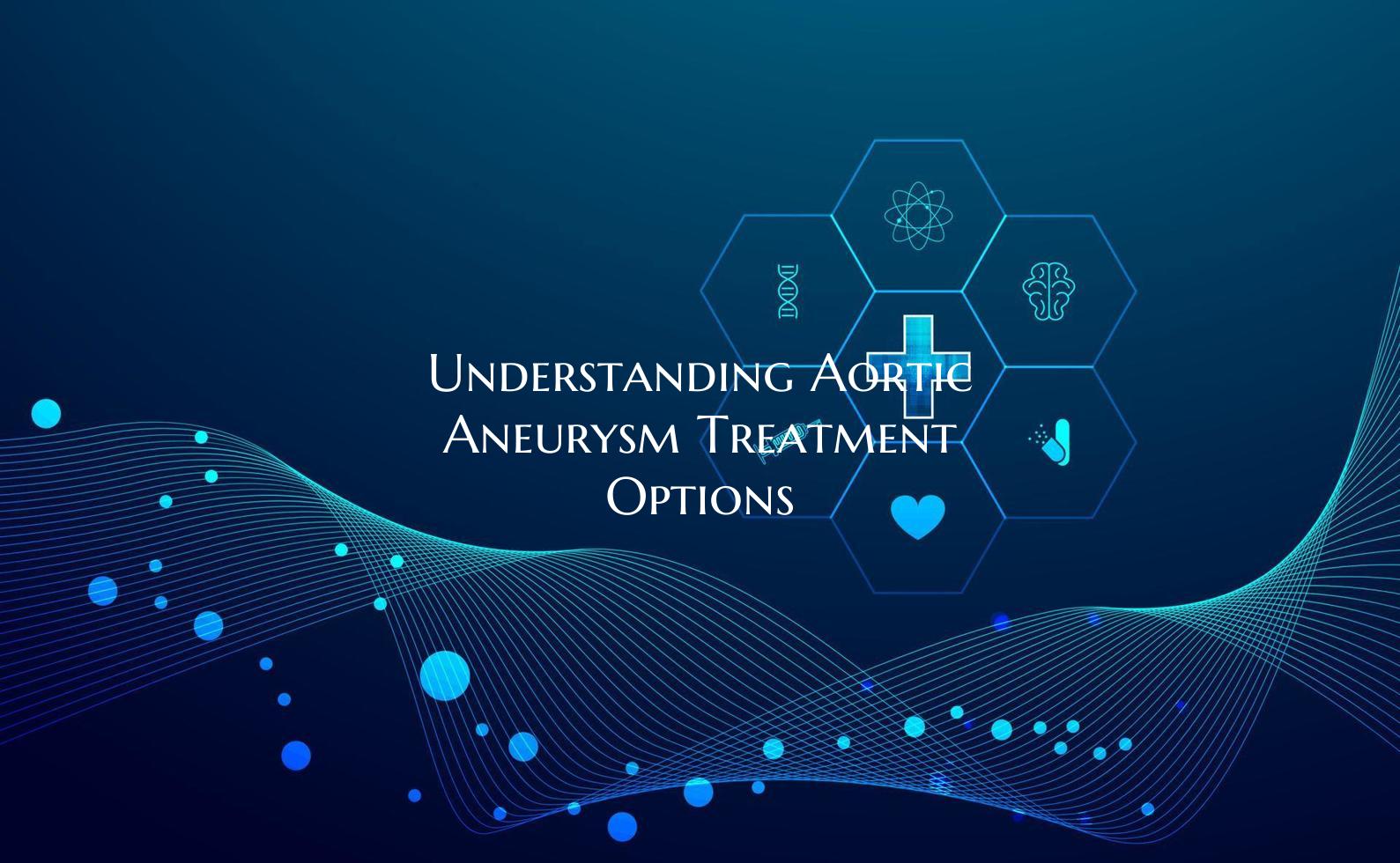
Understanding Aortic Aneurysm Treatment Options
An aortic aneurysm is a serious condition that involves a weakening in the wall of the aorta, the body's main artery. If left untreated, this ballooning of the aorta can be life-threatening, as it may rupture and lead to severe internal bleeding. However, with advancements in medical technology and treatment options, patients diagnosed with an aortic aneurysm now have various methods available to manage and treat this condition effectively.
1. Medication Management: In some cases, especially when the aortic aneurysm is small and not at immediate risk of rupture, doctors may initially recommend medication to control risk factors such as high blood pressure and high cholesterol. This is a conservative approach that aims to prevent further growth of the aneurysm.
2. Watchful Waiting: For small aneurysms that are not causing symptoms, doctors may opt for a strategy of watchful waiting. This involves regular monitoring through imaging tests to track the size and growth of the aneurysm. If there are no significant changes, immediate intervention may not be necessary.
3. Surgical Repair: When the aneurysm reaches a certain size or shows signs of imminent rupture, surgery may be recommended. The most common surgical approach is open-heart surgery, where the weakened section of the aorta is replaced with a synthetic graft. This procedure is effective but also involves significant risks and a longer recovery time.
4. Endovascular Aneurysm Repair (EVAR): A less invasive alternative to open-heart surgery, EVAR involves inserting a stent graft through small incisions in the groin and guiding it to the site of the aneurysm. The stent graft reinforces the weakened aortic wall, reducing the risk of rupture. EVAR is associated with shorter hospital stays and faster recovery times compared to traditional surgery.
5. Lifestyle Changes: Regardless of the chosen treatment option, adopting a heart-healthy lifestyle is essential for managing an aortic aneurysm. This includes maintaining a balanced diet, regular exercise, quitting smoking, and controlling conditions like high blood pressure and high cholesterol.
In conclusion, understanding the treatment options for aortic aneurysms is crucial for patients and their families to make informed decisions about their healthcare. Consulting with a vascular specialist or a cardiac surgeon is the first step in developing a personalized treatment plan that addresses the specific needs and risks associated with each individual case. With timely intervention and appropriate management, individuals with aortic aneurysms can lead healthy and fulfilling lives while reducing the risk of serious complications.